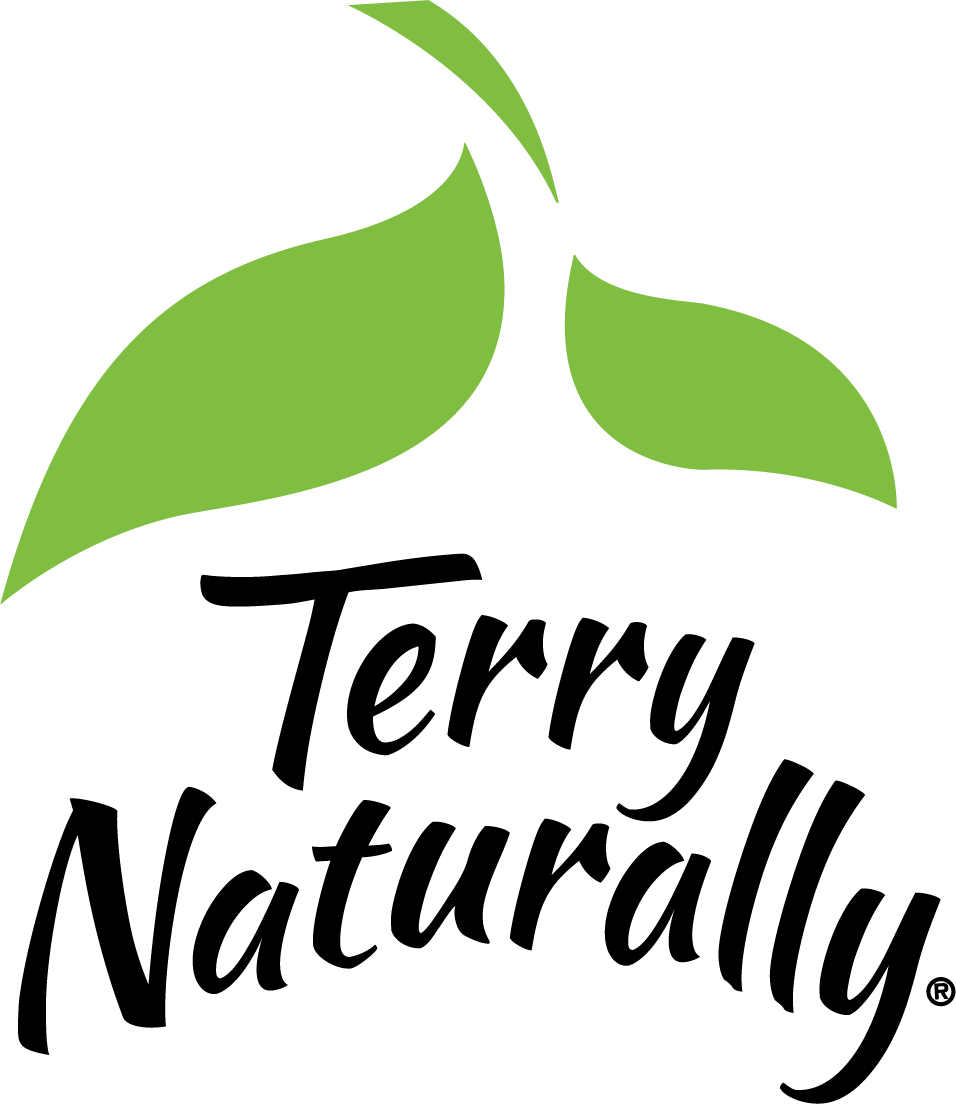Stress is in the headlines today for many reasons, but how does it affect dogs? Do they feel stressed like we do, and what can you do about it?
Dogs Do Show Stress
If your dog exhibits any of the following symptoms, stress could be to blame:
· Constantly scans surroundings
· Rarely leaves your side
· Paces and fidgets
· Licks excessively
· Appears “frozen” with fear
· Barks, whines, or whimpers constantly
· Exhibits destructive behavior or sudden potty accidents beyond the puppy stage
These are all signs your dog may be dealing with stress, fear, and anxiousness.
Everyday Life and Special Days
What’s a typical day for your pet? Do you see yawning, shaking (like when they are wet), trembling, panting, drooling, or lip licking? An increase in these issues means something is bothering your dog, causing him not to relax. Perhaps your dog is doing well, but then special days like the 4th of July and holiday traveling sets him off on a path to anxiousness and stress. Likewise, people stopping in unexpectedly can trigger an ordinarily calm dog.
Simple Solutions for Bringing Calm to your Dog
Change Your Dog’s Mind. The fastest way to get a dog to change his mind about stress is to use a distraction. Use behavior commands you’ve taught him to lie down, sit, and shake. This will help your dog “go to work” in his mind instead of focusing on fear. Engage your dog in games like “find the treat” and “fetch.”
Is it Cuddle Time? Perhaps you’ve been busy, and your pet is running low on cuddle time. Dogs miss this precious quality time immensely! Give your dog some one-on-one attention. You can even try giving your dog a gentle massage to help relieve some tension.
Have a Safe Spot. Does your dog have a place where you know he feels relaxed? Does he have a favorite blanket, bedding, or mat? It’s not too late to start using a blanket as an association with relaxation. Is your dog crate trained? Crates should never be a punishment, but a safe space known for comfort and treats.
Use a Safe Supplement that Promotes Relaxation. Always have fast-acting Calming Formula™ on hand. Calming Formula comes from a specific species of echinacea, Echinacea angustifolia (EP107™). While other compounds of echinacea are used for immune support, research has found brain-specific compounds in EP107 bind safely to brain receptors to support feelings of calm. It’s a safe, easy answer for a dog coping with external stresses. Calming Formula doesn’t cause drowsiness and can help your dog manage normal stress.
Another great choice is Calm Chew™, recommended for dogs exhibiting nervousness, hyperactivity, or discontentment, or responding to environmentally induced stress. These beef-flavored soft chews combine the calming ingredients of inositol, taurine, thiamine HCl, lemon balm leaf, and theanine. Calm Chew can help manage normal stress for your dog, supports normal emotional balance, and may even help curb destructive behavior.
Stress is in the headlines today for many reasons, but how does it affect dogs? Do they feel stressed like we do, and what can you do about it?
Dogs Do Show Stress
If your dog exhibits any of the following symptoms, stress could be to blame:
- Constantly scans surroundings
- Rarely leaves your side
- Paces and fidgets
- Licks excessively
- Appears “frozen” with fear
- Barks, whines, or whimpers constantly
- Exhibits destructive behavior or sudden potty accidents beyond the puppy stage
These are all signs your dog may be dealing with stress, fear, and anxiousness.
Everyday Life and Special Days
What’s a typical day for your pet? Do you see yawning, shaking (like when they are wet), trembling, panting, drooling, or lip licking? An increase in these issues means something is bothering your dog, causing him not to relax. Perhaps your dog is doing well, but then special days like the 4th of July and holiday traveling sets him off on a path to anxiousness and stress. Likewise, people stopping in unexpectedly can trigger an ordinarily calm dog.
Simple Solutions for Bringing Calm to your Dog
Change Your Dog’s Mind. The fastest way to get a dog to change his mind about stress is to use a distraction. Use behavior commands you’ve taught him to lie down, sit, and shake. This will help your dog “go to work” in his mind instead of focusing on fear. Engage your dog in games like “find the treat” and “fetch.”
Is it Cuddle Time? Perhaps you’ve been busy, and your pet is running low on cuddle time. Dogs miss this precious quality time immensely! Give your dog some one-on-one attention. You can even try giving your dog a gentle massage to help relieve some tension.
Have a Safe Spot. Does your dog have a place where you know he feels relaxed? Does he have a favorite blanket, bedding, or mat? It’s not too late to start using a blanket as an association with relaxation. Is your dog crate trained? Crates should never be a punishment, but a safe space known for comfort and treats.
Use a Safe Supplement that Promotes Relaxation. Always have fast-acting Calming Formula™ on hand. Calming Formula comes from a specific species of echinacea, Echinacea angustifolia (EP107™). While other compounds of echinacea are used for immune support, research has found brain-specific compounds in EP107 bind safely to brain receptors to support feelings of calm. It’s a safe, easy answer for a dog coping with external stresses. Calming Formula doesn’t cause drowsiness and can help your dog manage normal stress.
Another great choice is Calm Chew™, recommended for dogs exhibiting nervousness, hyperactivity, or discontentment, or responding to environmentally induced stress. These beef-flavored soft chews combine the calming ingredients of inositol, taurine, thiamine HCl, lemon balm leaf, and theanine. Calm Chew can help manage normal stress for your dog, supports normal emotional balance, and may even help curb destructive behavior.

